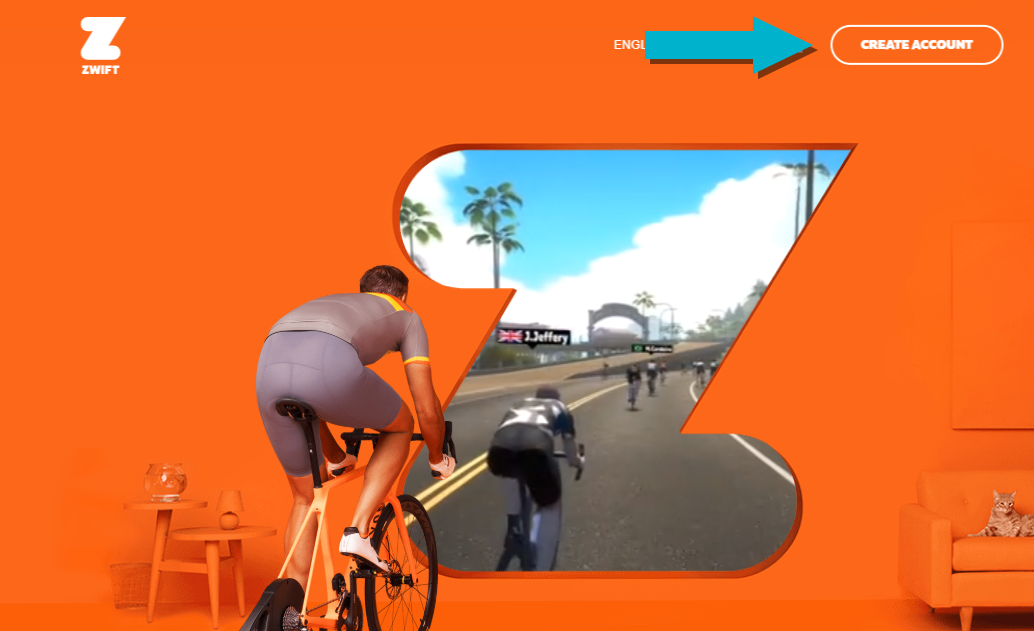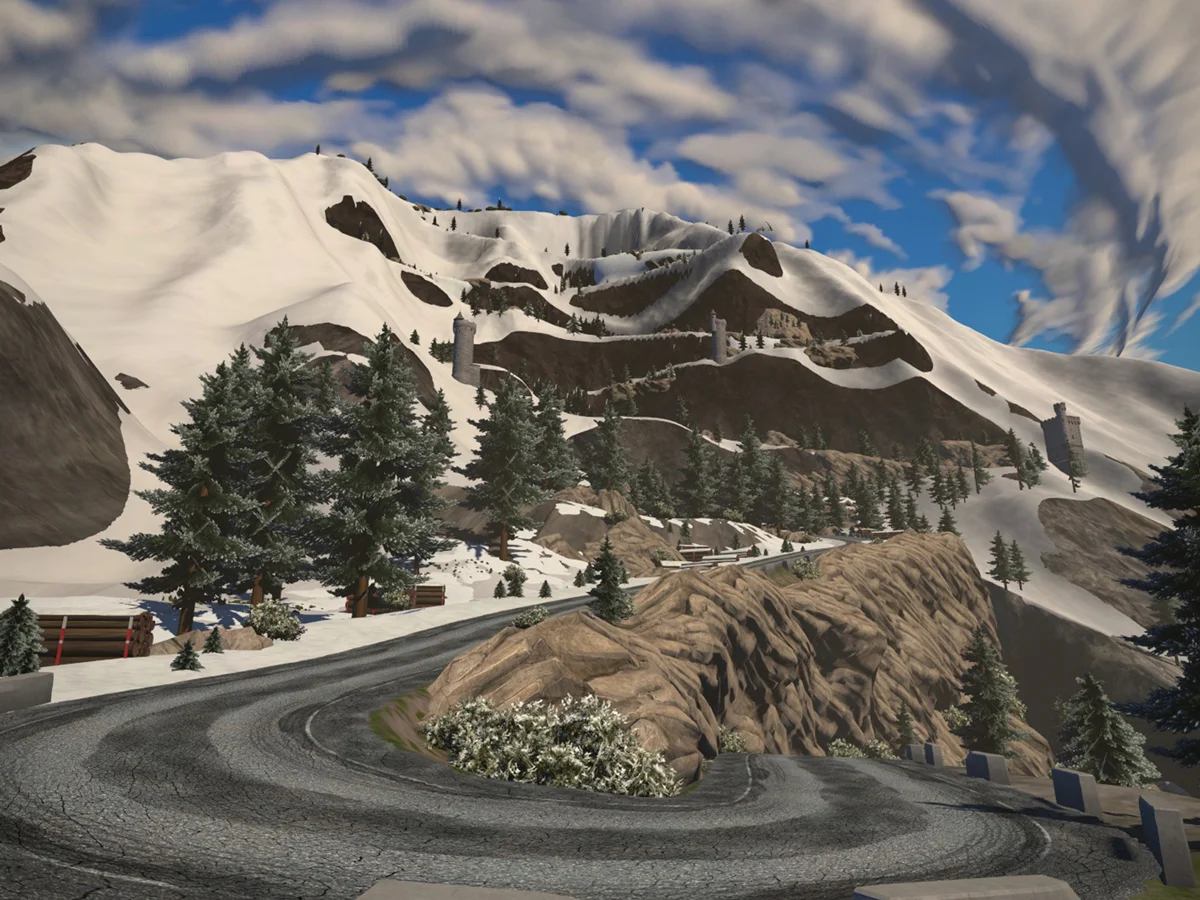Review: Welcome to Zwift
““‘Cause I’m a twenty-first century digital boy””
(2018) I can’t imagine there are too many people out there who need convincing to download and purchase a Zwift membership ($15 USD), and that should be an attention grabber. In a sort of Robert Metcalfe approach, replacing outdoor rides with cartoons did not immediately pull me in. While I never went so far as to predict Zwift - a company that boasted surpassing one million followers in 2017 - was a passing fad like Metcalfe did regarding the Internet, it took a while to win me over. I do wonder what is next for the online workout behemoth that is Zwift.
With a slightly trembling hand, I typed in my payment information to officially become a Zwiftie. (I figured to apply the Taylor Swift fans – Swifties – to Zwift. After all she’s rumored to be from Pennsylvania, but I digress.) It had to happen, really. I mentioned to compatriots that my schedule was completely clear for that Saturday and wanted to go for a long outdoor ride. In continuance with the year’s weather, it rained all day. I found myself justifying a membership on account of the smart trainer holding down the bike in the garage. This moment is why the smart trainer was purchased, reinforcing my belief becoming a Zwiftie had to happen. Once the receipt was exchanged, I climbed atop the bike, fired up the smart trainer, and picked up where I left off during Zwift’s complimentary trial period.
It is a continually evolving virtual reality world. Immediately the Zwift world displays warm hues and rich colors inviting the rider deeper into the experience. The earth tones on the screen need to be welcoming if an interface expects users to exist in Zwiftworld for dozens of minutes daily. There is no music, only the sound of clipping in and the echoing carbon frames as group rides swamp your avatar or pass in the opposite direction. There are also people running down the same roads, though I suspect they are just hurrying home to get on their bikes. Why else would people be running in Zwiftworld? Paradoxically time is not accurate as the sun sets - and sometimes rises - on hour-long rides. Meanwhile riders are coming and going along the route, like-minded people around the world meeting up in the same virtual spot as me.
Climb Alpe du Zwift for a climbing simulation. Screenshot from zwift.com
A smart trainer is mandatory. Each riser is felt as the resistance tightens when going up Box Hill in London or Epic KOM in Watopia. It eases off along the downhill portions. The trainer sends so much information to the receiving unit, an iPad, MacBook, or smart television, that immediate pace change is apparent on screen. The trainer mirrors the stomping on the pedal to keep a wheel or to sprint for a virtual KOM as well as drafting perks when riding in a group.
That’s right, in Zwift world there are Strava KOMs, or two checkpoints to pass through as fast as possible. There are sprint zones where a wide-open effort is possible due to the heft of smart trainers, and there are climbing KOMs that help with the literal evaluation of King of the Mountain. The resistance occurs as needed. Should you also have a Strava account you can expect to see these segments embedded in the workout as well as a comparison to your previous efforts. More time spent in Zwift means more attempts. You’re getting sucked in. It’s still raining outside.
In the Zwift universe there are solo rides, group rides, structured workouts, and races. As a matter of fact there is even an online championship, but that strikes us as a little much. For all the app’s complexity there is also a unique simplicity of getting on the trainer and riding around the virtual world. Zwift has featured London, Richmond, Innsbruck, and the fictional Watopia as settings for their courses. And no matter what your lifestyle, rides start nearly hourly around the clock. Second shift workers can keep up with EuroZwifties by popping into their virtual coffee group rides.
Zwift clarity is remarkable. A standard view on Zwift, riders can see their wattage, progress, and separation within the group experience.
I have spun around the Zwift universe for a bit and see what all the buzz is about. It is not hard to get sucked into its world. I know there are people who have outfitted their indoor training area with all sorts of items to help with the experience. Having trainers that raise the front end to mimic climbing is just a little much for me, but that is the tractor beam of indoor riding.
Should you find yourself clipping into your avatar bike – your appearance can be regularly updated as you earn kits, wheels, and bikes – you may wonder what some riders have attached to their handlebars while riding. Those are riders following a Zwift training plan. Even in the Zwiftosphere there are structured plans to gear you up for the outdoor riding season should you ever actually convince yourself it’s decent enough to unclip the bike from the trainer. That is the evolution of virtual rides, where you once needed convincing to consider the trainer, now it is a matter of being convinced to take the bike off the trainer.
This leads me to wonder where it will go from here and I found myself questioning the impact Zwift will have on cycling. I have argued that each cyclist removed from the road is one less lesson in awareness, but even I couldn’t convince myself riding in the cold rain was worth it. Should Zwift put more courses online, like the Rodale Fitness Park, Hell of Hunterdon, or even Paris-Roubaix, people would say it would help with training. But would those same people opt out of the real experience for the virtual equivalent? Yes, Zwift is that alluring to provoke such concern. Is Zwift another way to get cyclists through the darker, colder months? Or is it becoming a substitute for competitors interested in avoiding the pitfalls of outdoor training rides? Certainly if I wanted cycling tourism to consider my destination I would involve Zwift to feature my roads. Think of it as a potential virtual tourism piece.
As winter settles in on the northern hemisphere I encourage you to plug in your cycling trainer and log on for the Zwift experience. If you pass us by, shoot us a message. It’s not as dangerous to answer a Zwift message compared to sending a text during an outdoor group ride. The takeaway is clear. We are already looking over the ride schedule for the next twenty-four hours to see what can be virtually ridden. If anticipation is any indication for an app, Zwift scores solid marks.






